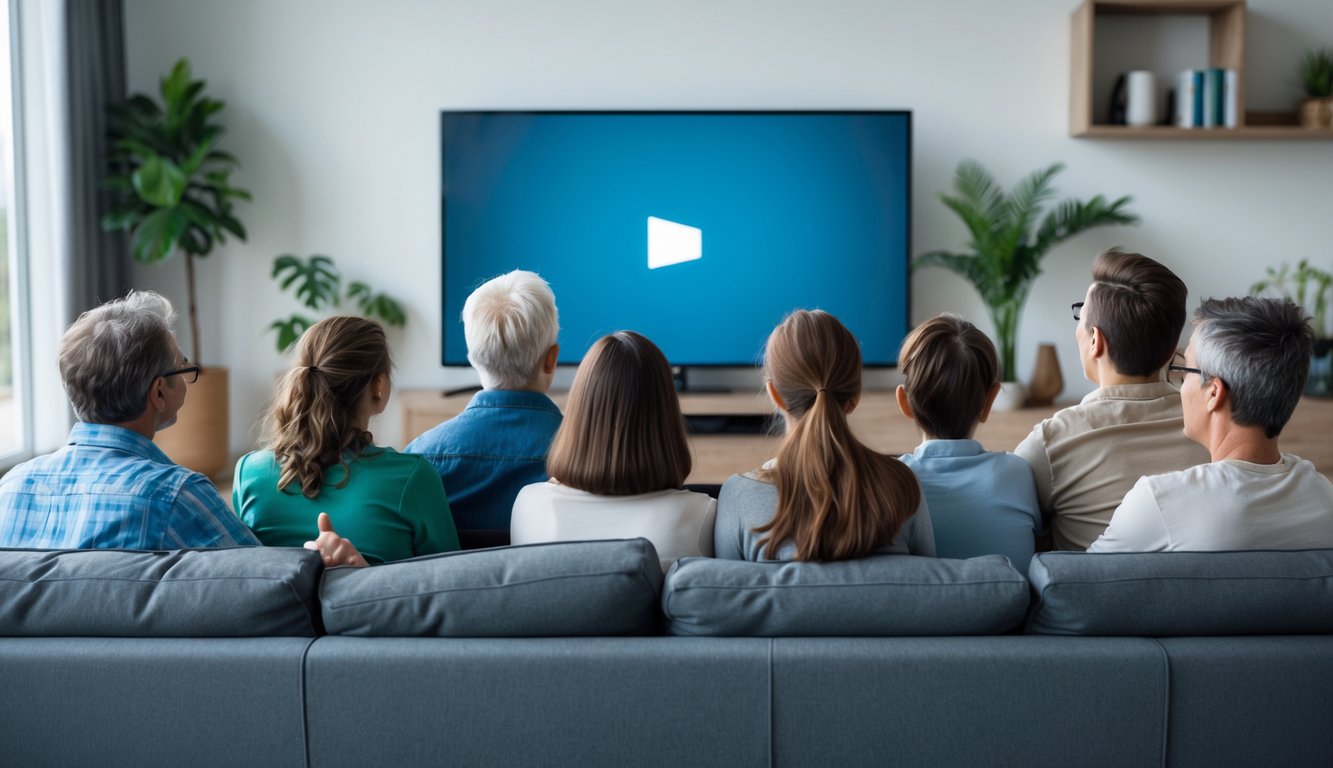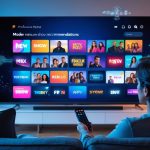
Advertising Trends in Streaming Services
Some days, the ads stutter more than the show, and yet everyone just tunes it out. What does that even say about Netflix or Hulu or Disney+? I get all these “industry insights” in my inbox, and apparently, viewers are “adjusting” instead of revolting. Guess that’s one way to spin it. Streaming ad tactics keep shifting—sometimes sneakier, sometimes just weird—and the big guys can’t agree on anything.
How Netflix and Others Approach Commercial Breaks
Remember when Netflix bragged about “no commercials, ever”? That lasted, what, a decade? Now it’s 2025 and ad-supported tiers are everywhere. Symphony’s 2024 study says 78% of platforms block ad-skipping now, up from 32% in 2020. That’s a whiplash-inducing change. Ad breaks are shorter but somehow denser, and total ad time per hour has climbed by 25%. No one’s explained why ten 15-second ads are less annoying than two 75-second ones, but apparently, it’s all about “viewer experience.” Sure.
Hulu? Throws ads at you twice as often, but the total runtime is still less than old-school TV. Either time is melting or streamers are hacking my brain. A friend in media swears that fewer interruptions are supposed to make me grateful, which is hilarious. Here, I made a table because everyone loves tables:
| Service | Typical Ad Breaks | Ad Skip Allowed? | Avg Ad Load (2024) |
|---|---|---|---|
| Netflix | 1-2 per 30 mins | No | 4-5 mins/hour |
| Hulu | 3-4 per 30 mins | No | 6-7 mins/hour |
| Prime Vid | 1-2 per 30 mins | No | 4-5 mins/hour |
Data: Symphony Analytics 2024
Personalized Advertising Strategies for Streaming
Personalization, right. Nobody’s begging for generic ads, but the algorithm somehow knows I looked up wool socks last week. Netflix and friends use first-party data—IP addresses, device IDs, what you watch—stuff you can’t hide from. I sat through an industry panel in January, and they all nodded along about machine learning predicting ad tolerance, swapping and shortening spots on the fly. Cool, but it mostly means I get haunted by hiking boots I never bought.
A marketer I trust once told me: if you opt out of tracking, you still get ads, just weirder ones. In my experience, turning off “personalization” just meant more irrelevant car commercials. Not exactly a revolution. They love to brag about “relevant” ads boosting engagement, but Statista’s 2025 chart had click-through rates under 1.7%. If that’s a win, I’m unconvinced. Feels like a big experiment in how much they can personalize before everyone tunes out.
Comparing Traditional and Modern TV Commercials
Did I ever ask for this? No. But my TV keeps switching things up—old-school ad breaks get chopped up, networks scramble for my wandering attention. Now I’m counting seconds, not minutes, and the whole vibe is off. But flip through industry stats and, somehow, traditional TV ad spend still lands in the billions, even as streaming shouts for attention.
TV Commercials in a Digital Landscape
Skipping ads sounded like the dream, right? Turns out, it’s a mixed bag. Linear TV hangs on because, honestly, nobody’s figured out how to make those ads skippable. I miss the days you could grab snacks and not miss a thing. Then, boom, CTV ad spending in the US hits $28 billion—over 40% of all TV ad dollars now (tvScientific). Here’s what bugs me: it’s all “audience targeting” and AI, so my TV feels less like entertainment and more like a data farm.
Networks never admit it’s just algorithmic guessing. Ratings spike (sometimes), like during the 2024 election—42 million watched cable news. So, yeah, the “old” model limps along. Custom-tailored ads, hyper-targeted, but I still get dog food ads (no dog here). Precision in theory, chaos in practice. Germany ran 65 years of commercials without this “personalization” stuff, and people survived.
Smart TVs and Advanced Ad Placements
Everything shifted again when my TV “got smart”—which mostly means it collects data while pretending to help. I grew up skipping loud ad breaks; now ads pop up everywhere: banners, overlays, in-menu promos. My smart TV once recommended pizza right after a Peloton ad. That’s not subtle.
Smart TVs share what I watch across apps, so I get ads weirdly matched to some random search I did months ago. Experian’s 2025 note says these placements pretty much guarantee you see the ad, since you can’t always skip or mute. “Unskippable” is the new normal. Tailored experience? Sure, but nobody warned me I’d see the same ad for weeks. Execs claim these new placements boost recall and engagement, but honestly, I remember them because they interrupt everything. Makes me miss the boring, too-long ad blocks on regular TV.
| Old TV Ads | Smart TV Ad Placements |
|---|---|
| Static and scheduled | Dynamic, context-aware |
| Fixed length (30 seconds common) | Variable length, overlays, “interactive” |
| Can be ignored/skipped (mentally) | Unskippable, persistent banners |
| Demographics targeting | Behavioral + interest-based targeting |
| Interrupt the show in blocks | Embedded, interrupt at any time |



